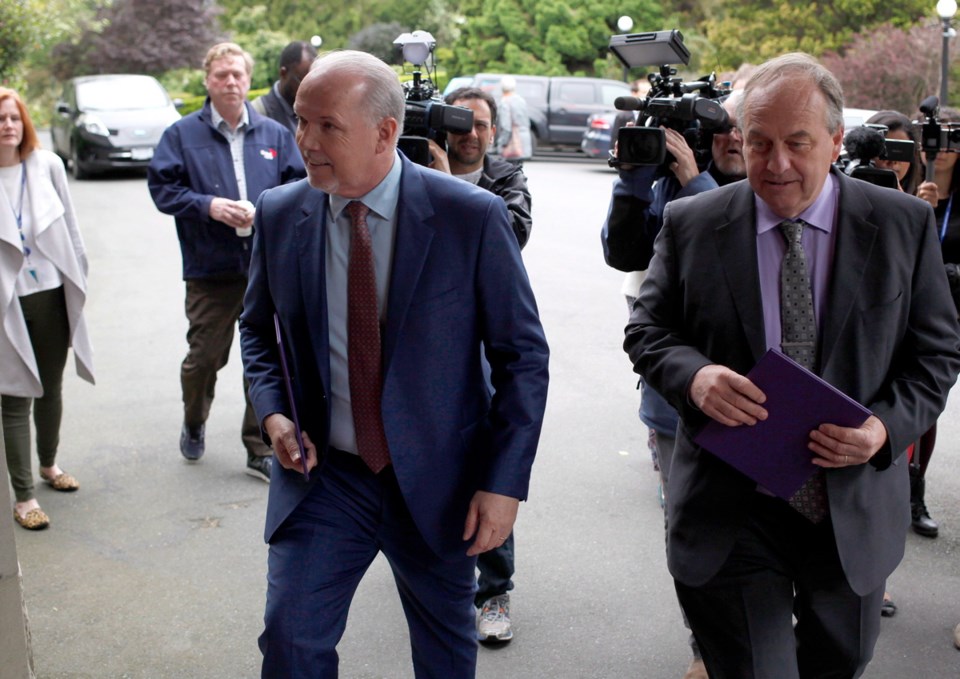In the quasi-biographical movie A Beautiful Mind, a young American grad student, John Nash, goes to the bar with several male friends. While Nash is furiously scribbling math formulae, a group of young women walk in, one of them much prettier than the others.
As his friends argue about how to catch this woman’s eye, Nash comes to a realization that will, years later, though he is burdened by acute schizophrenia, earn him a Nobel prize.
Up to that time, basic economics had held that “every man for himself” was the most successful strategy in a non-co-operative situation.
But Nash saw that if his friends and he pursued that policy, none of them would succeed. They’d get in each other’s way, make a scene and probably lose their chance.
Worse still, if they then turned to the other women and tried to make a hit with them, that, too, would fail. Who wants to be seen as second-best?
The correct strategy, therefore, was to ignore the prettiest woman entirely and pursue the others. That way, all the men get dates, albeit no one gets the ideal date. A compromise, in other words, turns out to be the only viable option.
This approach, of working out a game plan that incorporates the interests of others along with your own, came to be called the Nash Equilibrium.
Now, at long last, the point. It has become evident, over the past few weeks, that many Green Party supporters are furious with their leader, Andrew Weaver.
They see his decision to form an alliance with the NDP as an act of betrayal. In this view of things, the Green party can only preserve its purity of purpose and clarity of vision if it stays above the grimy world of politics.
Now, you might wonder what point there is in forming a political party, if it is not to influence decision-making. Such an unworldly cast of mind seems more suited to a Tibetan monastery than the floor of a provincial legislature.
But let’s look at this instead through the lens of Nash’s theory. If Weaver had kept perfect faith with his supporters, he would have chosen a strategy that favoured only his party’s interests.
That would have meant refusing any form of pact with the NDP, in favour of retaining the freedom to decide issues on a case-by-case basis.
It would also have meant declining an alliance with the Liberals, had such an arrangement been on offer.
But now look where that would have left the Greens. In theory, by employing an “every man for himself” policy, they would have achieved their ideal outcome — complete independence of action.
But in practice, they would have failed utterly. For had Weaver followed this path, NDP Leader John Horgan could not have satisfied the lieutenant governor he could form a government.
That would have led to one of two outcomes. Either a minority Liberal administration would have ruled or another election would have been called.
But in both situations, the Greens lose. In the first, Weaver surrenders the power of influence he could otherwise have gained, and worse still, he ushers into office the government most hostile to his goals.
In the second, he gets blamed for an election nobody wants, and pays for it at the polls.
This is exactly Nash’s bar-room scenario, where the blind pursuit of self-interest leads to a no-win situation.
In fact, Weaver’s choice, while in theory less than ideal, was in practice the only viable option open to him. Difficult as it may be, his supporters need to come to grips with that.
Otherwise, I’m sure there’s a monastery on a Himalayan mountaintop just right for them.



